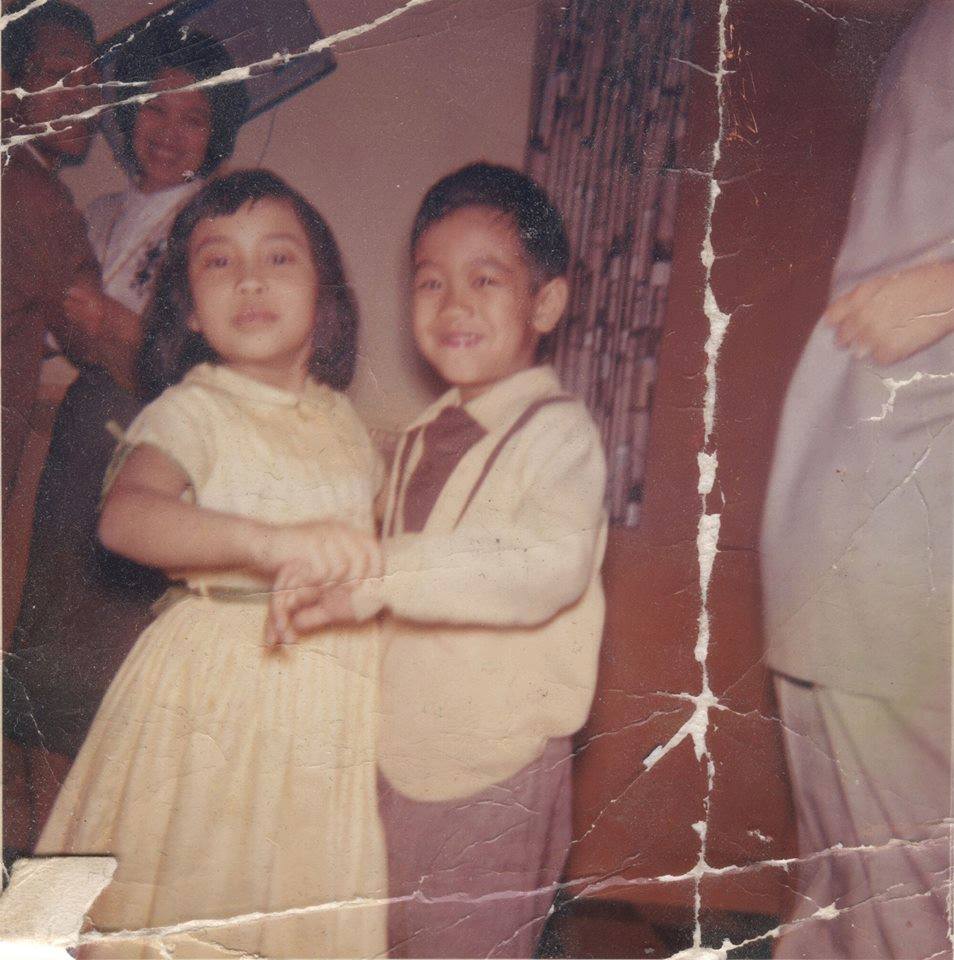From August, 2020: Like his coeval Pete Townshend, Paul McCartney never learned to read/write music, but like Townshend, that certainly didn’t stop him. Composer-arranger David Bennett talks about this in his latest YT podcast, “How Much Music Theory Did The Beatles Know?”
“‘The Beatles didn’t read or write sheet music, so surely they didn’t understand music theory…?’ Well, no. Reading sheet music is only part of what it means to understand music theory,” says Bennett. Which gets me fascinated enough to want to ask my beloved John Wilson how he and McCartney were able to musically communicate when they did Ocean’s Kingdom together…
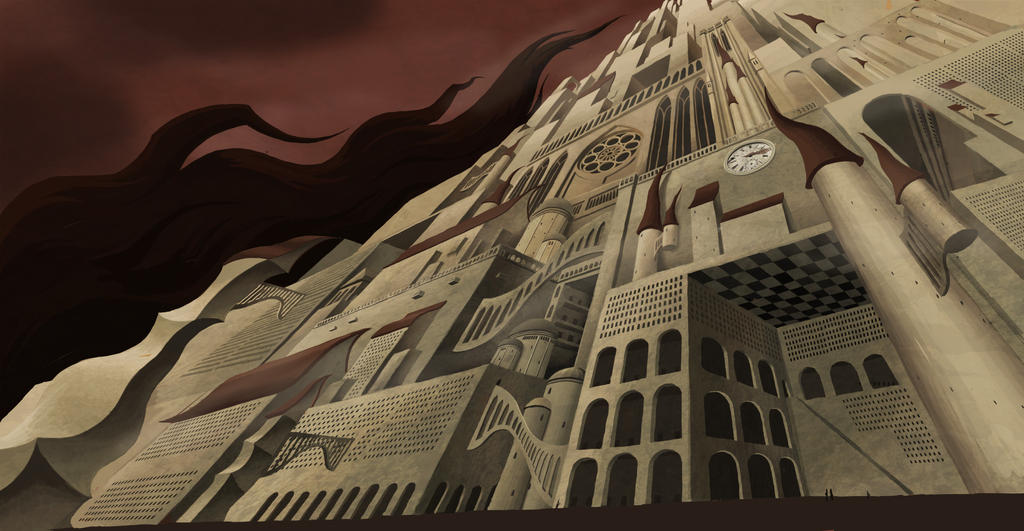 I prefer this second movement of Ocean’s Kingdom but the entire piece is worthwhile.
I prefer this second movement of Ocean’s Kingdom but the entire piece is worthwhile.
And just so you don’t think I’m always down on bonny John, who was himself brilliantly educated at the Royal College of Music, here’s his orchestration, written in 2002 when he was 30, of Howard Goodall’s score for the TV movie The Gathering Storm, a bit Elgarish. And here’s the orchestration he wrote when he was 28, of Richard Rodney Bennett’s music for the TV mini-series fantasy Gormenghast, which won the Ivor Novello Award for Best Film Score in 2000.
EXTRA! My favorite Beatle tune, just for my beloved conductor reverb and all: “I Feel Fine”
*Dedicated to showcasing the musical talent of blind and visually impaired musicians in the Philippines—here’s their Facebook page
The complete OCEAN’S KINGDOM is available on YT here
- “The Story So Far, with Conductor John Wilson”
- “The Story So Far; Or, Conductor John Wilson—His Limits”
- “Cantara Christopher Gives Her Beloved Conductor John Wilson Crib Notes on Todd Field’s Screen Masterpiece, Tár: Love, Teshuvah, and Filipinos Will Save Western Music”
FULL DRESS // A gifted mesmerist—a sinister composer—a naive young conductor from the north…inspired by an episode from the life of Rachmaninoff // DOWNLOAD FREE BOOK POSTER




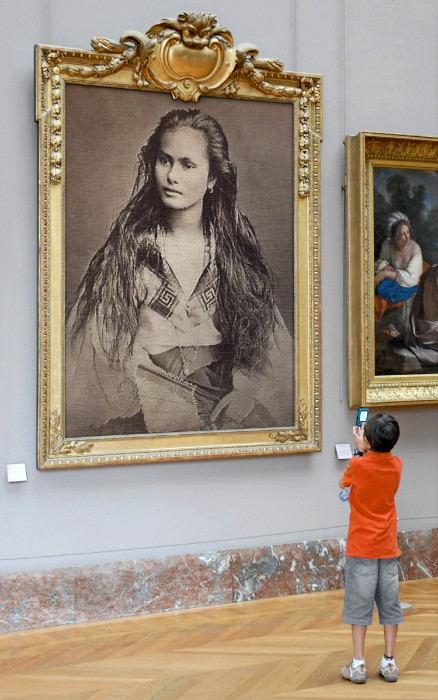 My mother’s lola, my great-grandmother,
My mother’s lola, my great-grandmother, 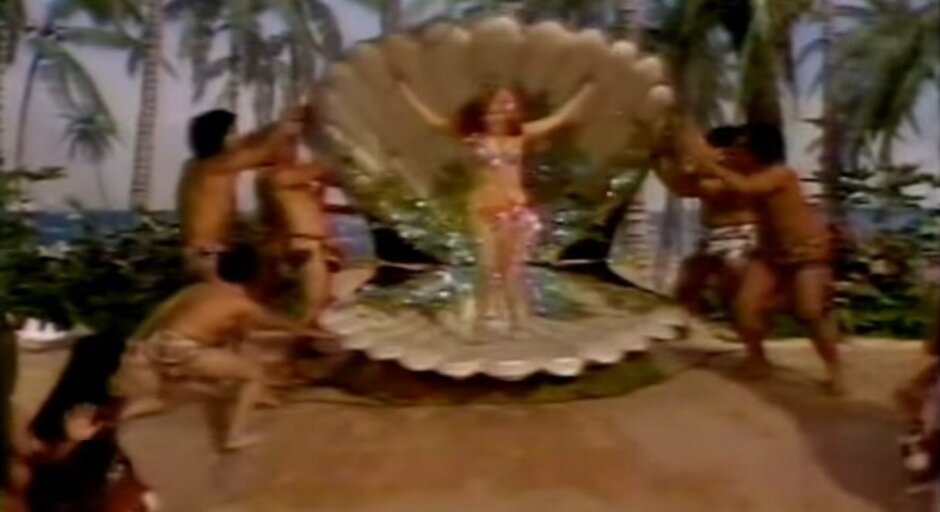
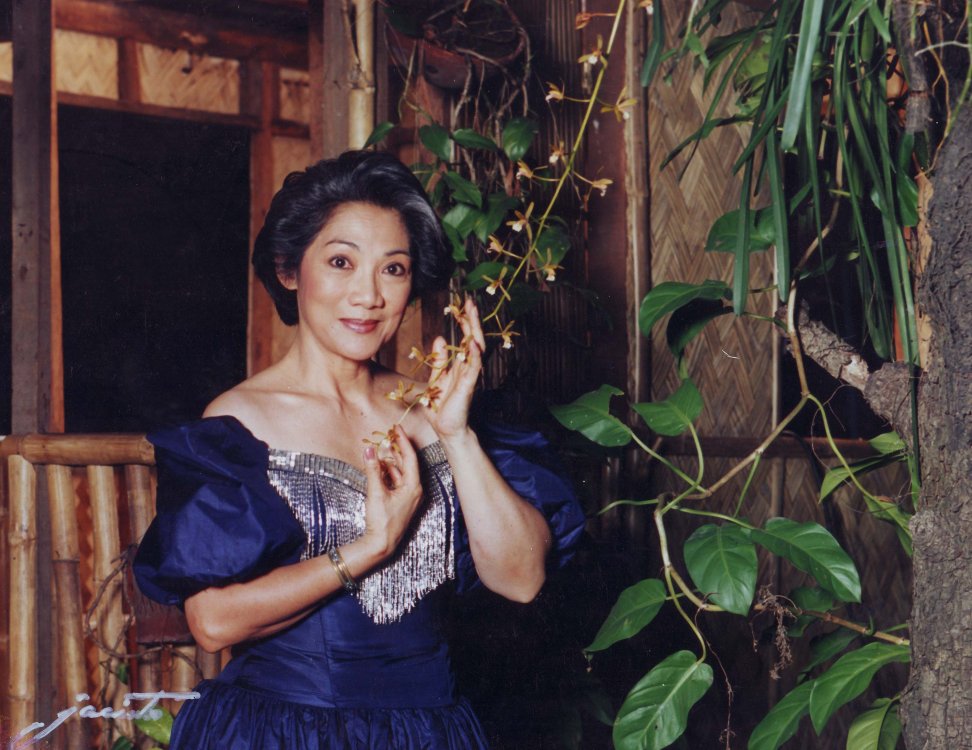 Above Cebuana New York-based soprano Evelyn Mandac (b 1945), who remains one of my role models (listen to her float over the fifth movement), the only Filipino singer ever to play the Met:
Above Cebuana New York-based soprano Evelyn Mandac (b 1945), who remains one of my role models (listen to her float over the fifth movement), the only Filipino singer ever to play the Met: 